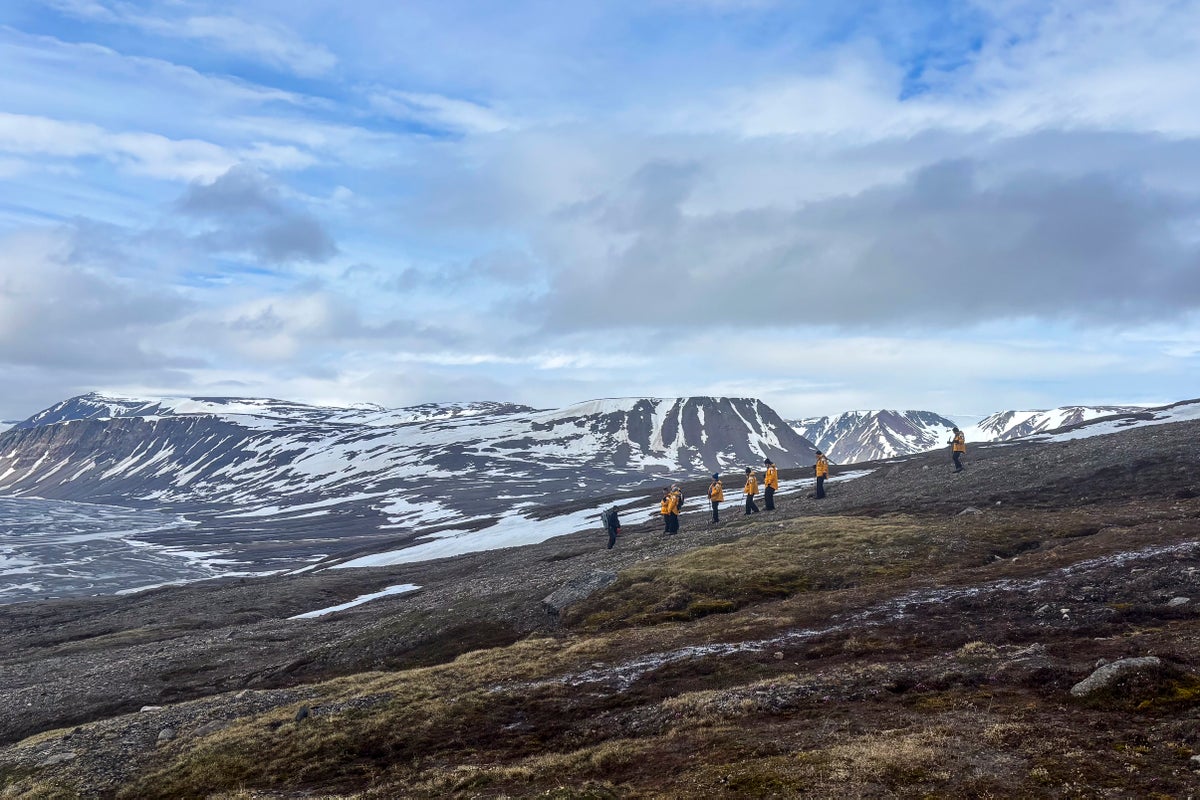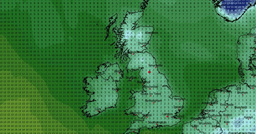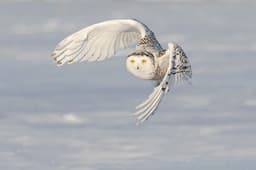Home / Environment / Arctic Wildlife Beyond Bears: A Hidden World
Arctic Wildlife Beyond Bears: A Hidden World
23 Nov
Summary
- Ivory gulls symbolize the Arctic's disappearing icy environment.
- New regulations limit bear viewing to 300-500 meters.
- Svalbard offers diverse life, from tiny plants to massive glaciers.

The Arctic, often synonymous with polar bears, reveals a richer tapestry of life and landscapes, with Svalbard serving as a prime example. Rare ivory gulls, intricately tied to vanishing sea ice, highlight the region's environmental fragility. Efforts to manage increasing tourism include new regulations that enforce viewing distances for polar bears, aiming to preserve the delicate ecosystem while still offering memorable wildlife encounters.
Beyond iconic bears, Svalbard boasts surprising biodiversity. Expeditions explore tundra with unique flora like purple saxifrage and miniature polar willow forests. Bird cliffs teem with thousands of guillemots, and foxes scavenge for eggs, illustrating the complex food web. Glaciers towering like skyscrapers and polar deserts offer dramatic scenery, emphasizing the archipelago's diverse natural wonders.
Navigating the Arctic requires adapting to weather and regulations, but the rewards are immense. The region offers a profound connection to nature, from playful bears on ice floes to intricate details of small arctic life. Despite challenges from climate change and increased visitor numbers, Svalbard remains an inviting destination for those prepared to explore its depths beyond the familiar.




